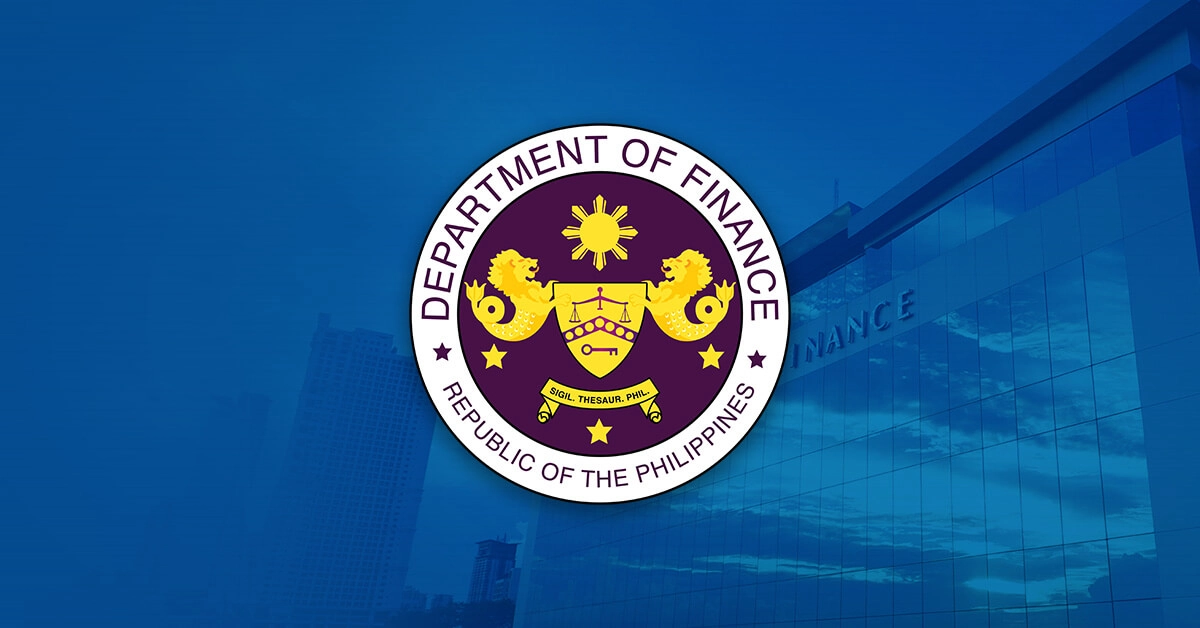Finance Secretary Ralph G. Recto underscored that the drop in the country’s inflation rate to 1.4% in April 2025—the lowest since November 2019—reinforces the government’s determination to ensure that this welcome relief continues to be felt by every Filipino household.
Year-to-date, the average inflation rate fell to 2.0%, sitting comfortably at the lower end of the government’s target range of 2.0% to 4.0%.
“Kahit pa patuloy na bumababa ang inflation, hindi po kami magiging kampante. Patuloy po ang aksyon ng gobyerno — hindi lang para manatili itong mababa, kundi para siguraduhin na mararamdaman ito ng bawat pamilyang Pilipino. Gagawin po natin ang lahat para tuloy-tuloy na maging abot-kaya ang presyo ng mga pangunahing bilihin, lalo na ang pagkain,” Finance Secretary Ralph G. Recto said.
“This lower-than-expected inflation rate for the month also provides more room for the BSP to further cut policy interest rates to help us further boost the spending power of Filipinos, drive in more investments, and grow the economy, especially amid rising global uncertainties,” he added.
The inflation decline in April 2025 was mainly driven by slower increases in the prices of food and non-alcoholic beverages at 0.9% (2.2% in the previous month) as well as faster declines in transport prices at -2.1% (-1.1% in the previous month).
Food inflation, in particular, eased to 0.7% in April 2025 from 2.3% in March 2025 and 6.3% in the previous year. This was mainly due to the continued improvements in the prices of rice, which contracted by 10.9% from 23.9% a year ago and -7.7% in March 2025.
The lower food inflation especially benefited low-income families as the inflation for the bottom 30% income households in April 2025 slowed to 0.1%––the lowest since November 2019.
Moreover, except for the National Capital Region (NCR), all regions had lower inflation in April 2025 compared to the month before. Inflation in the Cordillera Administrative Region (CAR) and Cagayan Valley dropped to 2.0%, while all other regions fell below the government’s target range.
“We have been closely monitoring the situation and are aware of the upward price pressures mainly from meat, restaurant services, electricity, and rentals. In addition to paying attention to external developments, bringing down the prices for these items will be our primary focus moving forward,” the Finance Chief said.
With this, the government continues to implement a whole-of-government approach to maintain price stability and ensure the availability of affordable food in the local market, as well as address potential non-food inflation drivers.
These include stricter enforcement of pork price ceilings amid African swine fever (ASF) – related supply issues, higher maximum volume of importation of fish, the continued rollout of the ASF vaccines, and a pilot program to distribute pork through Food Terminal Inc. (FTI) to reduce retail prices and logistics costs.
The government also continues to implement the maximum retail price of imported rice at PHP45/kg in NCR, the temporary pause and planned resumption of the PHP20/kg rice program after the election aid distribution ban.
On minimizing second-round effects on inflation, the Toll Regulatory Board (TRB) approved the North Luzon Expressway (NLEX) Corporation’s proposal to renew toll exemptions for trucks carrying agricultural products for three months starting April 7, 2025.
To help mitigate the impact of high power rates on consumers, the government has implemented price caps, phased recovery plans, and regulatory reforms to ensure affordability and system reliability.
The government likewise continues to support initiatives mitigating elevated energy prices, encouraging renewable energy, and promoting cost-effective sources of energy.




